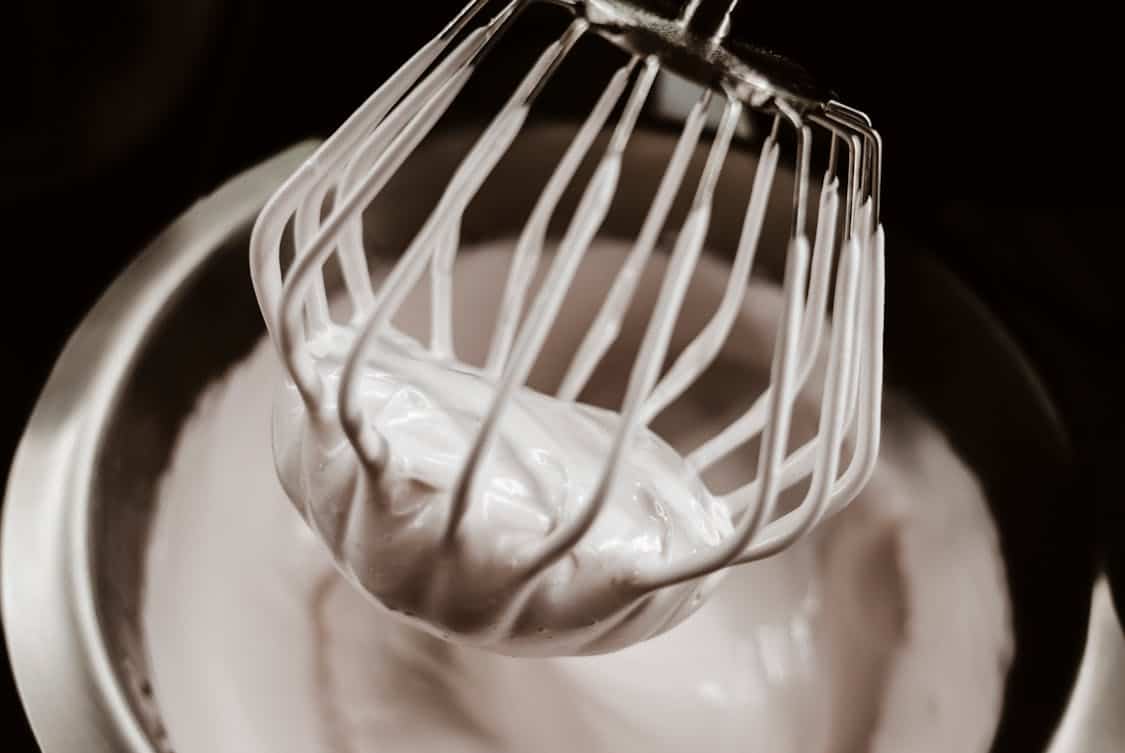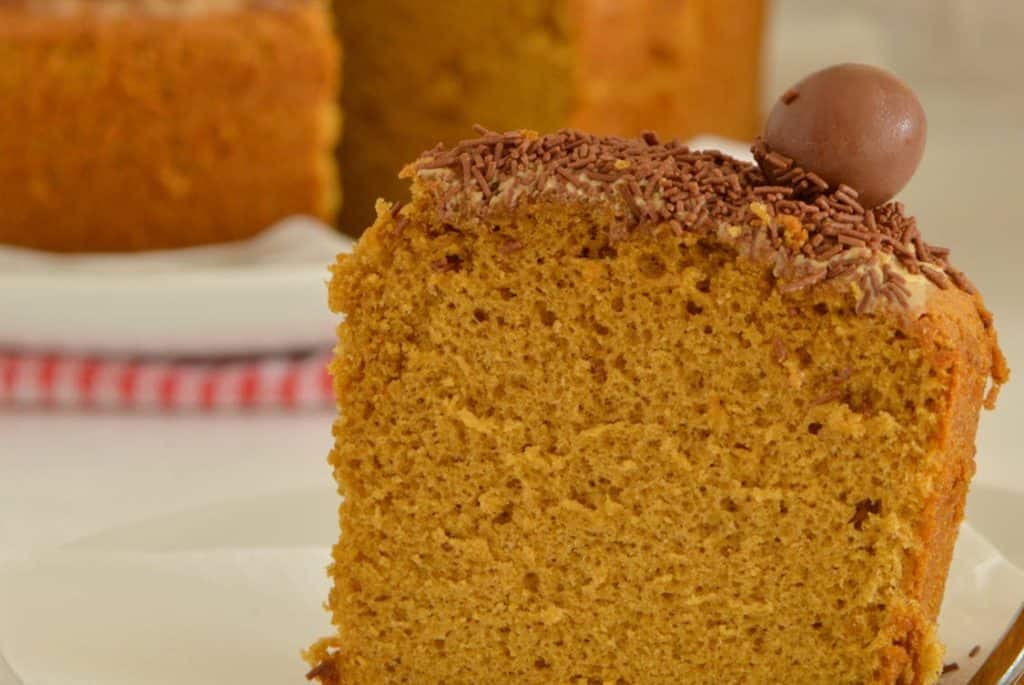Pumpkin angel cake has a light, cloudlike crumb that depends on whipped whites and a deep, tall bake to set properly. Many home bakers do not own a tube pan and want to know if the recipe can be adapted to common kitchen gear without wrecking the texture.
Yes, you can pull it off, but the trick is to think about airflow, batter depth, and the way the cake cools so that it does not slump or go gummy in the center. Small shifts in technique and a bit of improvisation will get you a delightful autumn-flavored result that still sings with lift.
Why A Tube Pan Is Traditionally Used
A tube pan gives angel cake a central column that shortens the path for heat to reach the middle, which helps the batter rise and set evenly rather than forming a dense core.
The tall, narrow shape also allows the cake to cling to ungreased sides as it climbs, so air bubbles stretch instead of collapsing; that mechanical support is often the difference between a featherlike crumb and a heavy loaf.
Tube pans are normally left ungreased to aid climbing, which sounds counterintuitive but works because the batter grabs the textured interior and pulls itself up.
Put plainly, the pan’s design is not just cosmetic; it actively assists structure and cooling behavior during the critical minutes after the cake comes out of the oven.
Alternatives You Can Try At Home
If you lack a tube pan, a bundt pan is the closest substitute because it also has a central column and provides similar heat distribution, though many bundt molds have intricate shapes that might trap batter.
Another workaround is to split the batter between two smaller round pans to create shallower layers that bake faster and reduce the chance of an undercooked middle, then stack them with light whipped cream or a thin glaze between layers.
For improvisers, a clean, food-safe can or a small ovenproof cup placed in the center of a deep round pan can mimic the tube’s heat channel; secure it so it won’t topple and keep an eye on the batter level as it rises.
If you use a loaf or sheet pan, accept that the texture will be a bit different and plan to cut thinner slices or transform leftovers into trifles or bread puddings where moisture matters less.
Adapting Baking Time And Temperature
Because the pan shape changes how heat moves through the batter, you will often need to lower oven temperature slightly and bake longer when using a dense or deep tin, which gives the interior time to set without overbrowning the exterior.
A shallower layer calls for a higher temperature and a shorter bake so the top achieves color without drying the crumb, while a makeshift center tube helps you keep a temperature closer to the recipe’s original.
Use the toothpick or skewer test, probing several spots near the center rather than trusting a single check, because uneven baking can hide pockets of underdone batter that will sink later.
Keep notes about time and temp for future runs; trial and error here rewards you with repeatable results and fewer surprises.
Tips For Preventing A Dense Center

Strong whipping of the egg whites is nonnegotiable: they supply the lift, so whip until glossy peaks that still move with a soft hinge, and then fold them into the pumpkin-scented batter with a light touch to keep as much air as possible.
Resist overmixing the combined batter; a few streaks of white are better than a collapsed cake, and a gentle turn with a rubber spatula or spoon does the trick without beating out the bubbles you worked so hard to create.
If you love desserts that are light yet carry cozy fall flavor, a pumpkin angel food cake can deliver that perfect balance when handled with care.
If you must use a pan that’s not meant for angel cake, make the batter a bit thinner so it spreads and bakes more evenly, or split it to shorter layers so heat reaches the center sooner and reduces the chance of gumminess.
Cooling is key: if you can prop the cake for upside-down cooling the way traditional pans allow, do it — if not, turn it out on a rack and leave it undisturbed until the crumb firms up.
Serving And Storage Suggestions
Slice pumpkin angel cake with a serrated knife using a gentle sawing motion to keep the crumb intact, and present it simply dusted with powdered sugar or paired with a dollop of lightly sweetened whipped cream to complement the mild spice notes.
Store the cake in an airtight container at room temperature for a couple of days, and if humidity is high put it in the fridge wrapped loosely to prevent sogginess; chilling also makes neat slicing easier when you want tidy portions.
For longer life, wrap individual slices tightly and freeze them; thaw on the counter and refresh briefly in a low oven if you crave warmth and that fresh-from-the-bakehouse feel. Leftover slabs work great crumbled into yogurt, layered with fruit for a quick trifle, or warmed and served with ice cream for a weekday treat.
Troubleshooting Common Issues
If the cake sinks in the middle, your egg whites were likely underwhipped, or you folded too aggressively and knocked the batter flat; start the next batch by whipping to firmer peaks and use three gentle folds rather than one heavy stir.
A greasy or glossy top often points to overbaking or an oven running hot; drop the heat a notch, rotate the pan midway through baking, and rely on multiple skewer checks, focusing where the center used to be.
If the crust is too firm or cracked, try tenting loosely with foil partway through the bake to slow browning while the interior finishes setting, and remember that overfilling any substitute pan will explode expectations in a bad way.
When improvisation leads to odd shapes, think like a cook and repurpose — sliced, toasted, crumbled, or layered — because a change in form doesn’t mean the flavor has to take a back seat.




